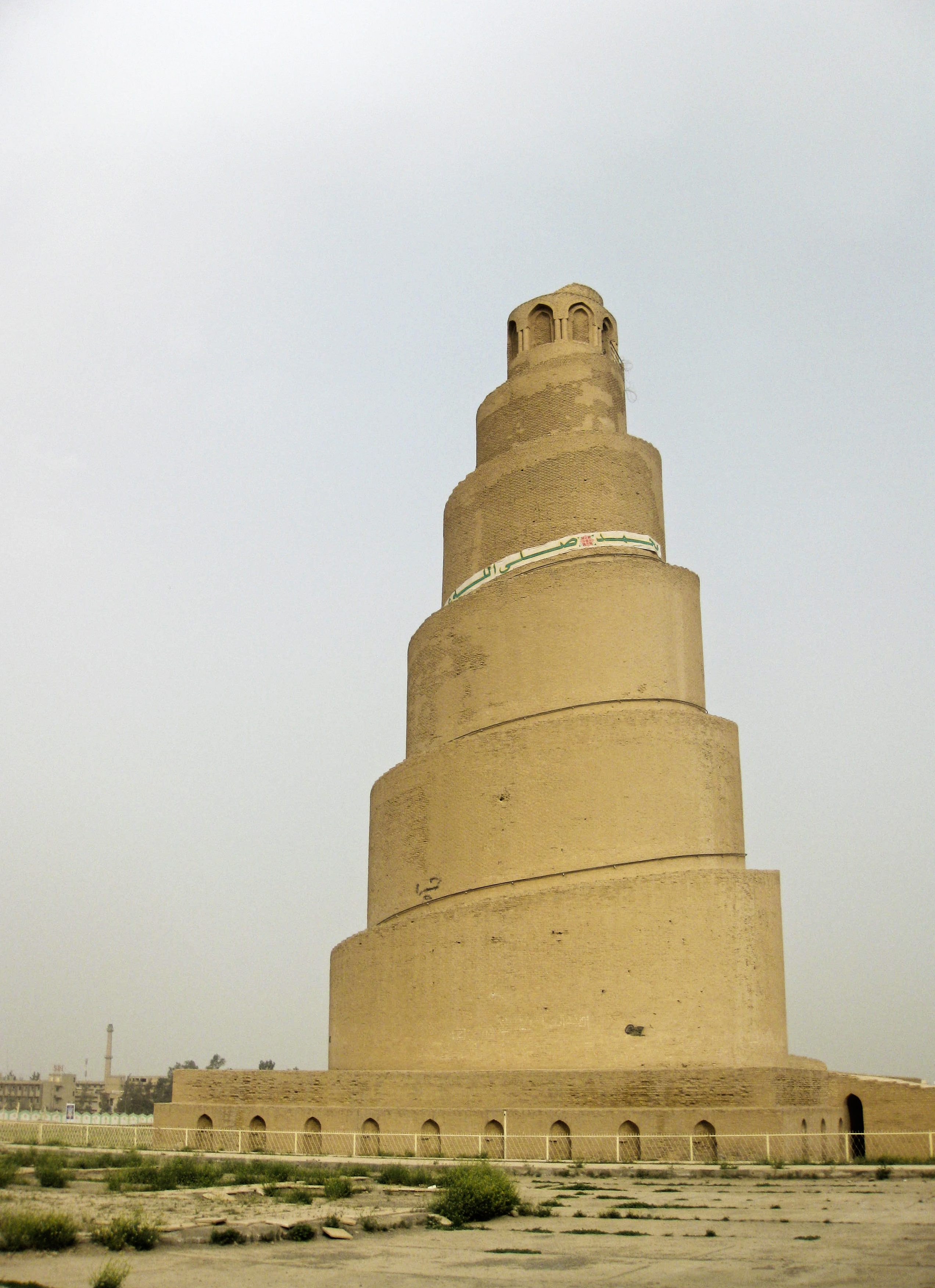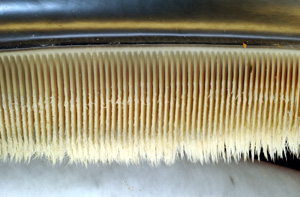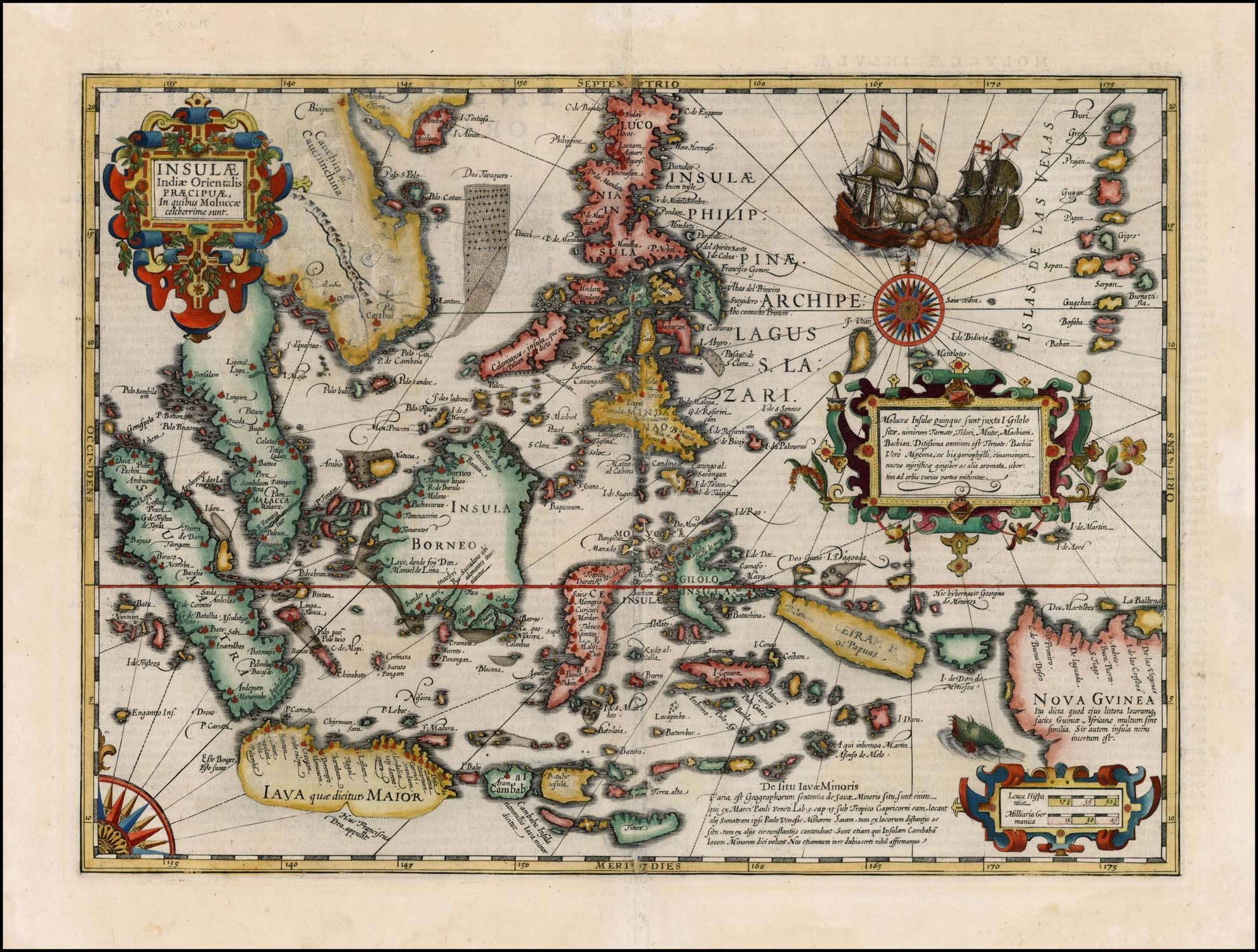|
Timothy Dexter
Timothy Dexter (January 22, 1747 – October 23, 1806), self-styled Lord Timothy Dexter, was an American businessman noted for his eccentric behavior and writings. He became wealthy through marriage and a series of improbably successful investments and spent his fortune lavishly. Though barely educated or literate, Dexter considered himself "the greatest philosopher in the known world", and authored a book, '' A Pickle for the Knowing Ones'', which espouses his views on various topics and became notorious for its unusual misspellings and grammatical errors. Life and works Dexter was born in Malden in the Province of Massachusetts Bay. He was from a poor family of Irish immigrants who had moved to the New World the century before. He had little schooling and dropped out of school to work as a farm laborer at the age of 8.Margaret Nicholas, ''The World's Greatest Cranks and Crackpots'', , pp. 147–151. When he was 16, he became a tanner's apprentice. In 1769, he moved ... [...More Info...] [...Related Items...] OR: [Wikipedia] [Google] [Baidu] |
Malden, Massachusetts
Malden is a city in Middlesex County, Massachusetts, Middlesex County, Massachusetts, United States. At the time of the 2020 United States census, 2020 U.S. Census, the population was 66,263 people. History Malden is a hilly woodland area north of the Mystic River that was settled by Puritans in 1640 on land purchased in 1629 from the Naumkeag people, Mystic tribe of the Pawtucket tribe, Pawtucket Confederation, with a further grant in 1639 by the Squaw Sachem of Mistick and her husband Webcowet. The area was originally called the “Mistick Side” and was a part of Charlestown, Massachusetts, Charlestown. It was incorporated as a separate town in 1649 under the name "Mauldon". The name Malden was selected by Joseph Hills, an early settler and landholder, and was named after Maldon, Essex, Maldon, England. The city originally included the adjacent cities of Melrose, Massachusetts, Melrose (until 1850) and Everett, Massachusetts, Everett (until 1870). At the time of the Ameri ... [...More Info...] [...Related Items...] OR: [Wikipedia] [Google] [Baidu] |
Molasses
Molasses () is a viscous byproduct, principally obtained from the refining of sugarcane or sugar beet juice into sugar. Molasses varies in the amount of sugar, the method of extraction, and the age of the plant. Sugarcane molasses is usually used to sweeten and flavour foods. Molasses is a major constituent of fine commercial brown sugar. Molasses is rich in vitamins and minerals, including vitamin B6, iron, calcium, magnesium, and potassium. There are different types of molasses depending on the amount of time refined, including first molasses (highest sugar content), second molasses (slightly bitter), and blackstrap molasses (the darkest and most robust in flavor). Molasses was historically popular in the Americas before the 20th century as a sweetener. It is still commonly used in traditional cuisine, such as in Madeira Island's traditional dishes. In addition to culinary uses, molasses has industrial applications, such as in the distillation of rum, as an additiv ... [...More Info...] [...Related Items...] OR: [Wikipedia] [Google] [Baidu] |
Cupola
In architecture, a cupola () is a relatively small, usually dome-like structure on top of a building often crowning a larger roof or dome. Cupolas often serve as a roof lantern to admit light and air or as a lookout. The word derives, via Italian language, Italian, from lower Latin ''cupula'' (classical Latin ''cupella''), (Latin ''cupa''), indicating a vault resembling an upside-down cup. The cylindrical drum underneath a larger cupola is called a tholobate. Background The cupola evolved during the Renaissance from the older Oculus (architecture), oculus. Being weatherproof, the cupola was better suited to the wetter climates of northern Europe. The chhatri, seen in Architecture of India, Indian architecture, fits the definition of a cupola when it is used atop a larger structure. Cupolas often serve as a Bell tower, belfry, Belvedere (structure), belvedere, or roof lantern above a main roof. In other cases they may crown a spire, tower, or Turret (architecture), turret. B ... [...More Info...] [...Related Items...] OR: [Wikipedia] [Google] [Baidu] |
Aquila (Roman)
An ''aquila'' (; ) was a prominent symbol used in ancient Rome, especially as the standard of a Roman legion. A legionary known as an '' aquilifer'', the "eagle-bearer", carried this standard. Each legion carried one eagle. It represents the Eagle of Jove ( Aëtos), being Jove the "Father of the Roman state". The eagle had quasi-religious importance to the Roman soldier, far beyond being merely a symbol of his legion. To lose a standard was seen as extremely grave, shameful and dishonorable, and the Roman military went to great lengths both to protect a standard and to recover one if it were to be lost. For example, after the annihilation of three legions in the Teutoburg Forest, the Romans spent decades retaliating for the defeat while also attempting to recover the three lost eagles. No legionary eagle standards are known to have survived. However, other Roman eagles, either symbolizing imperial rule or used as funerary emblems, have been discovered. History The ... [...More Info...] [...Related Items...] OR: [Wikipedia] [Google] [Baidu] |
Minaret
A minaret is a type of tower typically built into or adjacent to mosques. Minarets are generally used to project the Muslim call to prayer (''adhan'') from a muezzin, but they also served as landmarks and symbols of Islam's presence. They can have a variety of forms, from thick, squat towers to soaring, pencil-thin spires. Etymology Two Arabic words are used to denote the minaret tower: ''manāra'' and ''manār''. The English word "minaret" originates from the former, via the Turkish language, Turkish version (). The Arabic word ''manāra'' (plural: ''manārāt'') originally meant a "lamp stand", a cognate of Hebrew language, Hebrew ''Temple menorah, menorah''. It is assumed to be a derivation of an older Linguistic reconstruction, reconstructed form, ''manwara''. The other word, ''manār'' (plural: ''manā'ir'' or ''manāyir''), means "a place of light". Both words derive from the Arabic root ''n-w-r'', which has a meaning related to "light". Both words also had other meani ... [...More Info...] [...Related Items...] OR: [Wikipedia] [Google] [Baidu] |
Newburyport Public Library
Newburyport Public Library, in Newburyport, Massachusetts, was founded in September, 1854, by Josiah Little. It opened its doors to the public on September 5, 1855, in Ward Room 4 of the new City Hall. On that day its collection amounted to about 5750 books. Its operating budget depended at first on legacies and the generosity of private citizens. The library flourished. History Earliest libraries of Newburyport In 1794 a board of several interested citizens calling themselves the Newburyport Library Association established a circulating library, the Newburyport Library, in downtown Newburyport, advertising for subscribers. The booksellers had already been forming circulation libraries in their stores since before 1794 and these continued as adjuncts to the book-selling businesses. The Tracy Mansion A renovated and expanded 18th century Federalist mansion currently houses the Newburyport Public Library. In the period of the Revolutionary War it was among the most notable mansio ... [...More Info...] [...Related Items...] OR: [Wikipedia] [Google] [Baidu] |
New England
New England is a region consisting of six states in the Northeastern United States: Connecticut, Maine, Massachusetts, New Hampshire, Rhode Island, and Vermont. It is bordered by the state of New York (state), New York to the west and by the Canadian provinces of New Brunswick to the northeast and Quebec to the north. The Gulf of Maine and Atlantic Ocean are to the east and southeast, and Long Island Sound is to the southwest. Boston is New England's largest city and the capital of Massachusetts. Greater Boston, comprising the Boston–Worcester–Providence Combined Statistical Area, houses more than half of New England's population; this area includes Worcester, Massachusetts, the second-largest city in New England; Manchester, New Hampshire, the largest city in New Hampshire; and Providence, Rhode Island, the capital of and largest city in Rhode Island. In 1620, the Pilgrims (Plymouth Colony), Pilgrims established Plymouth Colony, the second successful settlement in Briti ... [...More Info...] [...Related Items...] OR: [Wikipedia] [Google] [Baidu] |
Corset
A corset /ˈkɔːrsɪt/ is a support garment worn to constrict the torso into the desired shape and Posture correction, posture. They are traditionally constructed out of fabric with boning made of Baleen, whalebone or steel, a stiff panel in the front called a Busk (corsetry), busk which holds the torso rigidly upright, and some form of lacing which allows the garment to be tightened. Corsets, also known as stays, were an essential undergarment in European women's fashion from the 17th century to the early 20th century. In the 17th and 18th centuries they had a conical, straight-sided shape. This eventually evolved into the more curvaceous 19th century form. By the beginning of the 20th century, shifting gender roles and the onsets of World War I and World War II, II (and the associated material shortages) led the corset to be largely discarded by mainstream fashion. Since the corset fell out of use, the fashion industry has extended the term "corset" to refer to garments which ... [...More Info...] [...Related Items...] OR: [Wikipedia] [Google] [Baidu] |
Baleen
Baleen is a filter feeder, filter-feeding system inside the mouths of baleen whales. To use baleen, the whale first opens its mouth underwater to take in water. The whale then pushes the water out, and animals such as krill are filtered by the baleen and remain as a food source for the whale. Baleen is similar to bristles and consists of keratin, the same substance found in human fingernails, skin and hair. Baleen is a skin derivative. Some whales, such as the bowhead whale, have baleen of differing lengths. Other whales, such as the gray whale, only use one side of their baleen. These baleen bristles are arranged in plates across the upper jaw of whales. Depending on the species, a baleen plate can be long, and weigh up to . Its hairy fringes are called baleen hair or whalebone hair. They are also called baleen bristles, which in sei whales are highly calcified, with calcification functioning to increase their stiffness. Baleen plates are broader at the gumline (base). The p ... [...More Info...] [...Related Items...] OR: [Wikipedia] [Google] [Baidu] |
Caribbean
The Caribbean ( , ; ; ; ) is a region in the middle of the Americas centered around the Caribbean Sea in the Atlantic Ocean, North Atlantic Ocean, mostly overlapping with the West Indies. Bordered by North America to the north, Central America to the west, and South America to the south, it comprises numerous List of Caribbean islands, islands, cays, islets, reefs, and banks. It includes the Lucayan Archipelago, Greater Antilles, and Lesser Antilles of the West Indies; the Quintana Roo Municipalities of Quintana Roo#Municipalities, islands and Districts of Belize#List, Belizean List of islands of Belize, islands of the Yucatán Peninsula; and the Bay Islands Department#Islands, Bay Islands, Miskito Cays, Archipelago of San Andrés, Providencia and Santa Catalina, Archipelago of San Andrés, Providencia, and Santa Catalina, Corn Islands, and San Blas Islands of Central America. It also includes the coastal areas on the Mainland, continental mainland of the Americas bordering the ... [...More Info...] [...Related Items...] OR: [Wikipedia] [Google] [Baidu] |
East Indies
The East Indies (or simply the Indies) is a term used in historical narratives of the Age of Discovery. The ''Indies'' broadly referred to various lands in Eastern world, the East or the Eastern Hemisphere, particularly the islands and mainlands found in and around the Indian Ocean by Portuguese explorers, soon after the Cape Route was discovered. In a narrow sense, the term was used to refer to the Malay Archipelago, which today comprises the list of islands of the Philippines, Philippine Archipelago, Indonesian Archipelago, Borneo, and New Guinea. Historically, the term was used in the Age of Discovery to refer to the coasts of the landmasses comprising the Indian subcontinent and the Mainland Southeast Asia, Indochinese Peninsula along with the Malay Archipelago. Overview During the era of History of colonialism, European colonization, territories of the Spanish Empire in Asia were known as the Spanish East Indies for 333 years before the Treaty of Paris (1898), American ... [...More Info...] [...Related Items...] OR: [Wikipedia] [Google] [Baidu] |
Bible
The Bible is a collection of religious texts that are central to Christianity and Judaism, and esteemed in other Abrahamic religions such as Islam. The Bible is an anthology (a compilation of texts of a variety of forms) originally written in Hebrew, Aramaic, and Koine Greek. The texts include instructions, stories, poetry, prophecies, and other genres. The collection of materials accepted as part of the Bible by a particular religious tradition or community is called a biblical canon. Believers generally consider it to be a product of divine inspiration, but the way they understand what that means and interpret the text varies. The religious texts were compiled by different religious communities into various official collections. The earliest contained the first five books of the Bible, called the Torah in Hebrew and the Pentateuch (meaning 'five books') in Greek. The second-oldest part was a collection of narrative histories and prophecies (the Nevi'im). The third co ... [...More Info...] [...Related Items...] OR: [Wikipedia] [Google] [Baidu] |







